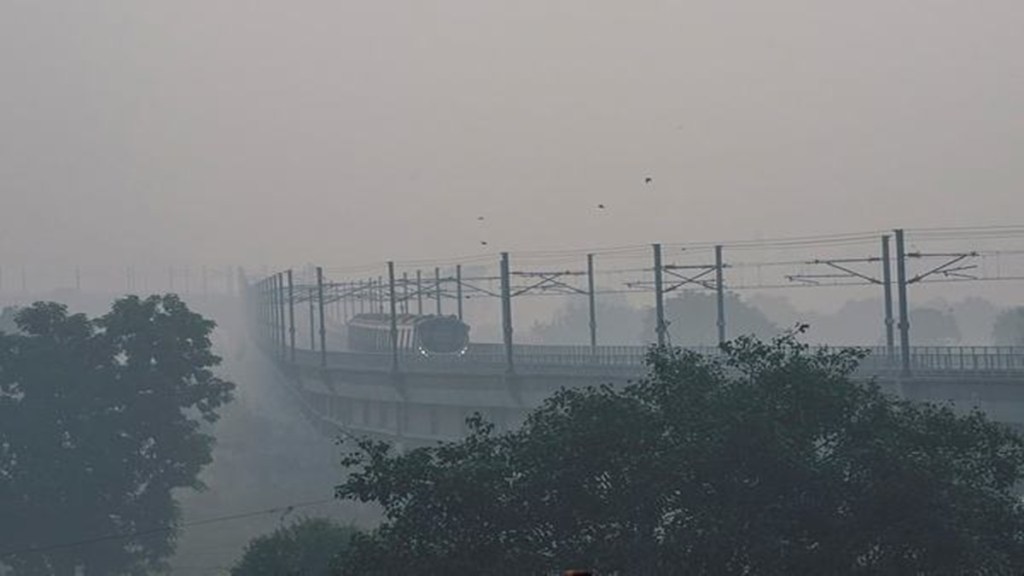Delhi air pollution: The national capital, Delhi, was engulfed in a layer of smog on Friday morning as the Air Quality Index (AQI) was recorded at 283, in the ‘poor’ category, at 8 am. This is a slight improvement in the air quality as the AQI remained ‘very poor’ for the last four days.
As per data recorded at 8 am, the AQI at Anand Vihar was recorded at 218, 245 at Punjabi Bagh, 276 at India Gate and 288 at Jhilmil Industrial area, ANI reported. An AQI between 0-50 is considered good, 51-100 is satisfactory, 101-200 is moderate, 201-300 is poor, 301-400 is very poor, and 401-500 is severe.
The AQI stood in the ‘very poor’ category in the last four days. On Monday, the AQI stood at 310 in Delhi. On Tuesday, air quality further dipped and was recorded at 385 and on Wednesday, the AQI stood at 354. On Thursday, the air quality was recorded over 330 in most areas of Delhi.
“The pollution in the last couple of days has increased. It was a little better yesterday, and a little better today. However, you can always feel the dust while breathing. During Diwali and winter, it becomes much worse. The state government and central government are not putting in any effort. The people also need to take required measures like using public transport,” Shree Krishna, a visitor at India Gate said.
Kalyani Tiwari, another resident told ANI that she had started facing breathing issues due to the increasing pollution in the city. She said, “I have been facing headaches and constant breathing issues because of the pollution. The government needs to start cleaning the rivers and with Chaat Puja and other festivities coming up, the government needs to start taking action.”
Also Read: Smog blankets Delhi as AQI plummets to ‘very poor’ category, stands at 385
Meanwhile, in the Yamuna River, toxic foam was seen floating as the high pollution level affected the river.
On October 24, the Public Work Department (PWD) vehicles sprinkled water in several areas to tackle the issue of air pollution. The Commission for Air Quality Management (CAQM) has invoked the Stage II GRAP Action Plan across the National Capital Region. This includes carrying out mechanical/vacuum sweeping and water sprinkling of the identified roads on a daily basis.
(With inputs from ANI)


